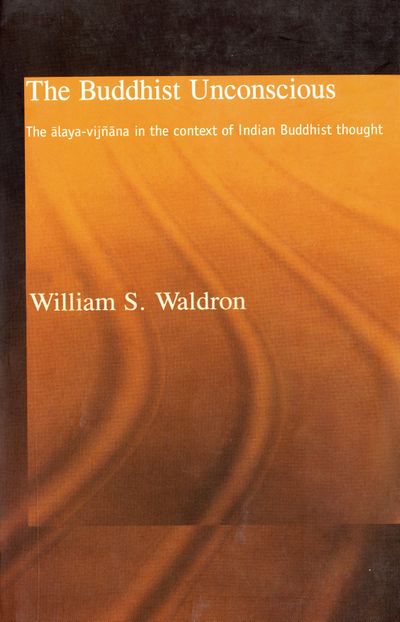- Prefacexi
- Acknowledgmentsxv
- Thematic introduction: a Buddhist critique of
the construction of self and world1
- Thematic introduction: a Buddhist critique of
- PART I
The background and context of the ālaya-vijñāna7 - 1 The early Buddhist background9
- The three marks of existence9
- The formula of dependent arising11
- Causation and continuity without a self16
- Viññāṇa in the formula of dependent arising19
- Viññāṇa as consciousness21
- Viññāṇa as cognitive awareness28
- The underlying tendencies (anusaya)33
- The underlying tendency "I am" and conceptual proliferation (papañca)36
- The debate over latent versus manifest39
- Reciprocal causality between the two aspects of viññāṇa41
- 2 The Abhidharma context46
- The Abhidharma project and its problematic46
- Background of the Abhidharma47
- The aim and methods of Abhidharma: dharma as irreducible unit of experience50
- The basic problematic: two levels of discourse, two dimensions of mind55
- Analysis of mind and its mental factors57
- The initial formulation of the problematic in its synchronic dimension: the accumulation of karmic potential, the presence of the underlying tendencies,
and their gradual purification in the Kathāvatthu59 - The problematic in its diachronic dimension: immediate succession versus the continuity of karmic potential62
- The initial formulation of the problematic in its synchronic dimension: the accumulation of karmic potential, the presence of the underlying tendencies,
- The persistence of traditional continuities: karma and kleśa in the Abhidharma-kośa67
- Abhidharmic responses to the problematic70
- The Sarvāstivādin theory of possession (prāpti)72
- The Sautrāntika theory of seeds (bīja) in the mental stream (santāna)73
- Questions raised by consciousness, seeds, and the mental stream76
- The Theravadin theory of life-constituent mind (bhavaṅga-citta)81
- Conclusion85
- PART II
The ālaya-vijñāna in the Yogācāra tradition89 - 3 The ālaya-vijñana in the early tradition91
- The origins of the ālaya-vijñāna91
- The new model of mind in the Saṃdhinirmocana Sūtra94
- The ālaya-vijñāna as mental stream99
- The Ālaya Treatise of the Yogācārabhūmi101
- The Proof Portion102
- The Alaya Treatise, Pravṛtti Portion: analyzing the ālaya-vijñāna in Abhidharmic
terms107 - The Ālaya Treatise, Nivṛtti Portion: equating the ālaya-vijñāna with saṃsāric
continuity123 - Conclusion127
- 4 The ālaya-vijñāna in the Mahāyāna-saṃgraha
- 1. bringing it all back home128
- Appropriating the traditional Buddhist framework129
- Resolving the Abhidharmic Problematic139
- Karma, rebirth, and the ālaya-vijñāna140
- The continuity of the afflictions (kleśa)142
- The path of purification: mundane and supramundane150
- Beyond Abhidharma: adventitious defilements, pure seeds, and luminous minds153
- 5 The ālaya-vijñāna in the Mahāyāna-saṃgraha
- 2. looking beyond158
- The predispositions of speech, self-view, and the life-constituents159
- Common experience, common embodiment: language, the ālaya-vijñana, and "the arising
of the world"160
- PART III
Appendices171 - Appendix I The series of dependent arising: affliction, action, and their
results173 - Appendix II Index of related controversies175
- Appendix III Translation: the Pravṛtti and Nivṛtti Portions of the
Viniścayasaṃgrahaṇī of the Yogācārabhūmi178
- Notes190
- Bibliography of works cited247
- Index of texts quoted255
- Index259


